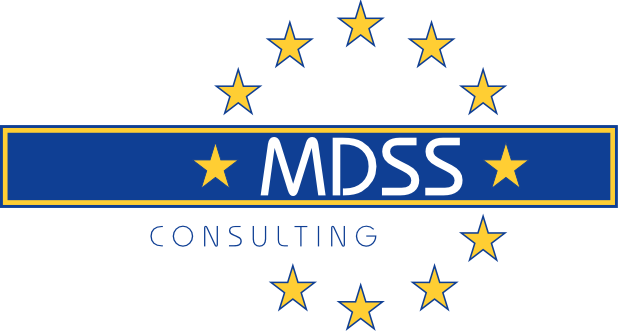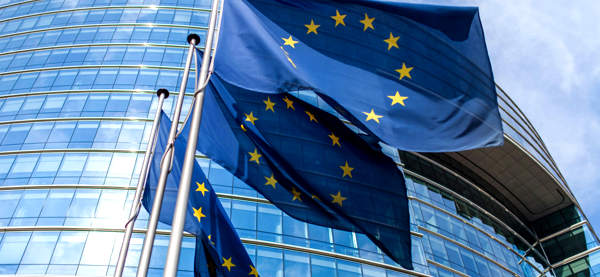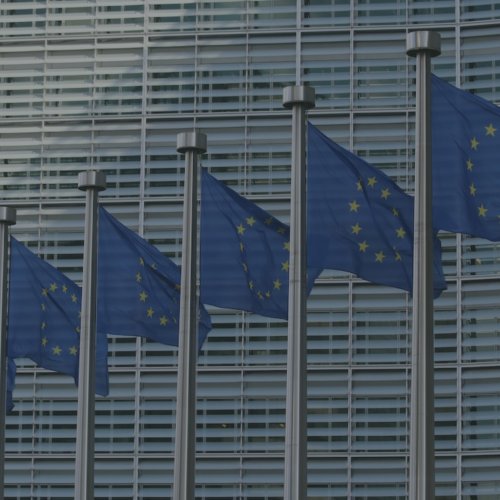What does the REACH Regulation have to do with medical devices?
REACH stands for Registration, Evaluation, Authorization, and Restriction of Chemicals, which covers the registration, evaluation, authorization, and restriction of chemicals. However, the REACH Regulation does not just consider chemical substances; it also includes articles. According to the REACH Regulation, an article is defined as an "object which during production is given a special shape, surface, or design which determines its function to a greater degree than does its chemical composition" (Article 3, No. 3). This means that most medical devices are considered articles.
What are the obligations of producers, importers, and suppliers of articles under the REACH Regulation?
First and foremost, it is essential to understand that the REACH Regulation applies to the following actors in the supply chain:
- Producer of an article: This refers to a natural or legal person who manufactures or assembles an article within the European Union (as defined in Article 3, No. 4 of the REACH Regulation). This person may not necessarily be the same as the legal manufacturer of medical devices (as defined in Article 2, No. 30 of Regulation (EU) 2017/745), as the focus here is on the actual producer of the product.
- Importer: This category includes natural or legal persons with an establishment within the European Union who are responsible for importing goods (as defined in Article 3, No. 11 of the REACH Regulation).
- Supplier of an article: This encompasses producers or importers of articles, distributors, or other actors in the supply chain who place the article on the market (as defined in Article 3, No. 33 of the REACH Regulation). For instance, even the legal manufacturer of a medical device can be considered a supplier under the REACH Regulation.
These actors now require information about which substances are contained in the articles and in what quantities or concentrations. Therefore, the following should be considered:
Are there substances intended to be released during the use of the article, such as in scented products? If so, and if these substances are present in a quantity of one tonne or more per year, they must be registered, unless they have already been registered for that use (according to Article 7, Paragraph 1 and 6 of the REACH Regulation). It is important to note that the quantity includes the total amount of the substance in all articles of the importer or producer. Additionally, according to Article 40 of the CLP Regulation, the concerned producer or importer of the article, who places a substance subject to Article 39 of the CLP Regulation on the market, must provide further information to the European Chemicals Agency (ECHA) if this information has not already been included as part of the registration process. | Registration requirement |
Are substances of very high concern (SVHC) present? If so, and if these substances are present in a concentration of more than 0.1% by weight, sufficient information must be provided to ensure the safe use of the product. This is required as soon as the substances are included in the list of candidate substances (Candidate List). Additionally, information about the concerned articles must be provided to the European Chemicals Agency (ECHA). This reporting obligation is fulfilled through registration in the SCIP database (Substances of Concern In Products, in accordance with Article 9, Paragraph 1(i) and 2 of the Waste Framework Directive). Suppliers of articles are obligated to provide information to customers and consumers under Article 33, but to the latter only upon their request. Furthermore, there are reporting obligations to ECHA for producers and importers of articles under Article 7, Paragraph 2, i.e., if the total quantity of an SVHC substance exceeds one tonne per year. The reporting obligation may be waived if human and environmental exposure can be excluded under normal or reasonably foreseeable conditions (according to Article 7, Paragraph 3). Additionally, the reporting obligation is waived if the substances have been registered for a specific use under Article 6 (according to Article 7, Paragraph 6). | Information obligations |
Are there substances with restricted use (as listed in Annex XVII of the REACH Regulation) contained in the articles? The restrictions listed in Annex XVII must be observed. Depending on the type of restriction, all actors in the supply chain, including producers, importers, or suppliers, may be affected. If necessary, importers may need to cease imports. | Restrictions |
Substances with particularly concerning properties (SVHC) are also subject to an authorization requirement if they are listed in Annex XIV of the REACH Regulation. To continue using or placing on the market these substances or articles containing these substances, an authorization must be applied for. | Authorization requirement |
In light of this, it is important for you to inquire with your suppliers about whether these requirements apply to the substances or articles they provide and what obligations you need to fulfill within the supply chain.
We would be pleased to assist you in assessing and determining your responsibilities, and we can provide comprehensive guidance on the next steps.
________________
- The CLP Regulation (Regulation (EC) No. 1272/2008) governs the classification, labeling, and packaging of substances and mixtures. The abbreviation CLP stands for the English title of the regulation, "Regulation on Classification, Labelling, and Packaging of Substances and Mixtures."
- SVHC: The English abbreviation stands for "Substance of Very High Concern," which in German translates to "besonders besorgniserregender Stoff." These are substances that possess the characteristics defined under REACH Article 57 and have been identified as SVHC through a specific procedure and added to the REACH Candidate List.


